The revived plan for Trump's border wall could cause problems for wildlife
The proposed section of wall would be in a remote stretch of Arizona

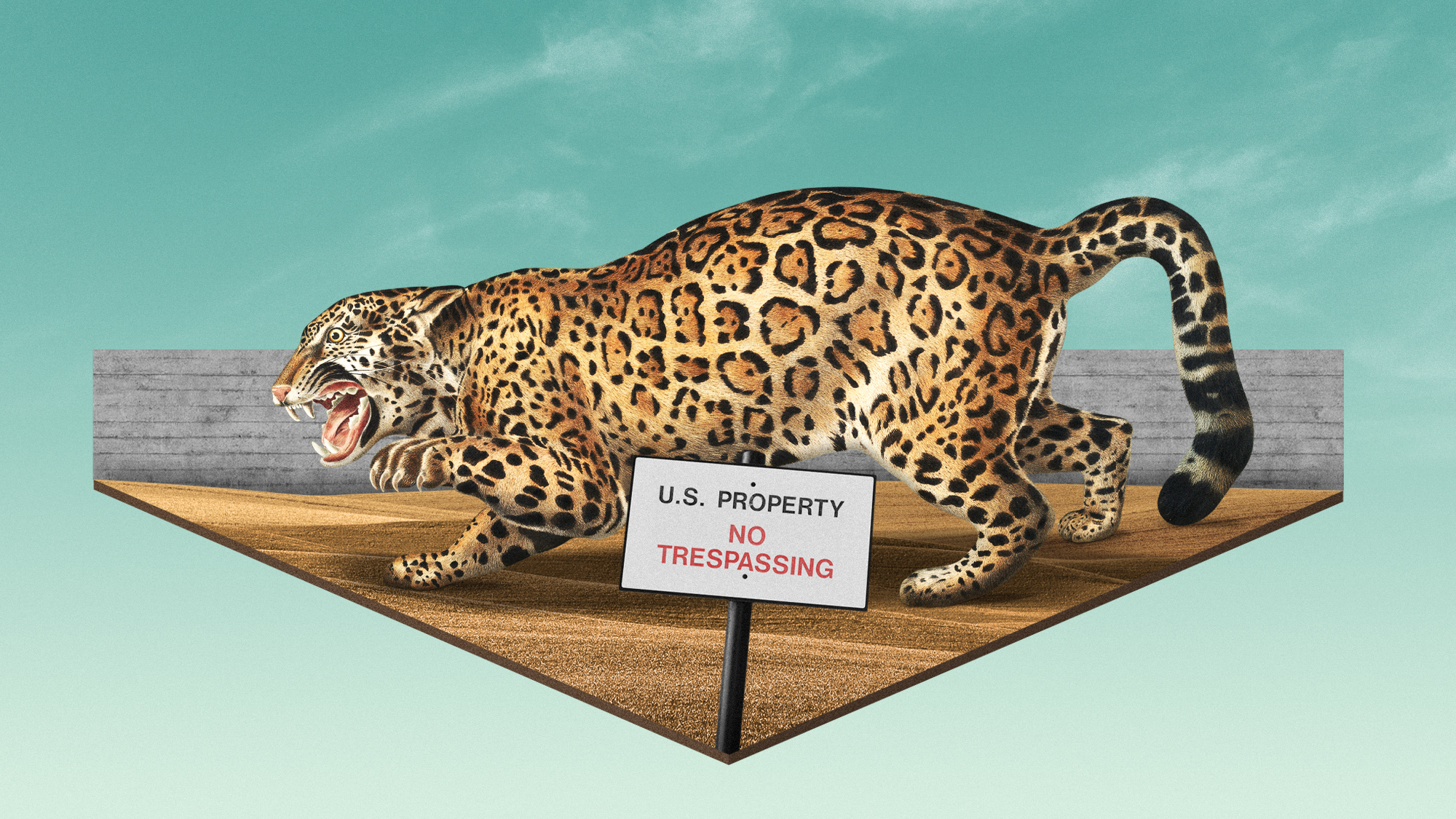
With President Donald Trump introducing a resurrected plan for his U.S.-Mexico border wall almost immediately after retaking office, some have expressed concern that it could affect more than the people in the region. A new report has claimed that Trump's plan for a 25-mile stretch of wall in Arizona could have devastating impacts on the area's wildlife, much of which is already endangered or threatened.
How could the border's wildlife be affected?
The wildlife in question lives in Arizona's San Rafael Valley, a mountainous region along the southern border. The valley is "one of the last vital pathways for wildlife movement," and "jaguars, ocelots, black bears, pronghorn and many other species rely on this corridor to move freely between the U.S. and Mexico," according to a report from the Center for Biological Diversity.
At least 17 endangered or threatened species have been photographed in the valley, which is also home to the "highest number of modern jaguar detections anywhere in the U.S.," said the Center for Biological Diversity. The valley currently has only low wire fencing that allows animals to pass through. Building a wall in this area "would block species movement, destroy protected habitats, and inflict irreversible damage on critical ecological linkages." The wall would also likely include high-intensity artificial lighting similar to sports stadiums. This could "degrade the valley's natural light-dark cycle, which governs critical behavioral and physiological processes in wildlife."
The Week
Escape your echo chamber. Get the facts behind the news, plus analysis from multiple perspectives.

Sign up for The Week's Free Newsletters
From our morning news briefing to a weekly Good News Newsletter, get the best of The Week delivered directly to your inbox.
From our morning news briefing to a weekly Good News Newsletter, get the best of The Week delivered directly to your inbox.
A border wall "modifies the whole ecosystem around that community," Dr. Ganesh Marín, a biologist who studies wildlife movement with Conservation Science Partners, said to The New York Times. Beyond restricting movement, a border wall "could also cause smaller prey animals to avoid the area," resulting in "cascading negative effects."
What is being done?
U.S. Customs and Border Patrol is soliciting bids for the wall's construction, with the Department of Homeland Security's press release notably not mentioning plans for the area's wildlife. There have been some efforts by outside groups to try to halt the administration's plans.
The Center for Biological Diversity is "suing to stop further construction of the border wall in Arizona," saying the construction is "unconstitutional by pushing aside 30 laws passed by Congress," said KOLD-TV Tucson. The lawsuit "challenges the federal government's unconstitutional power grab," Russ McSpadden, the center's Southwest conservation advocate, told KOLD. If the wall is completed, it "will destroy the border's last remaining significant wildlife corridor," the center said in its initial court filing.
Other activists are "girding for a new battle" but fear that "border builders may conquer the remote zones that eluded them the first time — the very zones most conducive to movement" of wildlife, said the Arizona Republic. Many also question what the wall will accomplish, given that "most migrants and drugs come through or near populated border checkpoints." The Trump administration has also "slowed the flow of migrants across the Southwestern border" without the wall in place.
A free daily email with the biggest news stories of the day – and the best features from TheWeek.com
These activists maintain that the wall would be "easily breached and gives merely a false sense of security" while greatly hindering wildlife, said the Arizona Republic. It's the "border agents and their superior technology — and not the wall — that stop unauthorized crossings."
"It's a physical barrier" that would harm the wildlife but not stop immigration, Valerie Gordon, an American conservationist in the region, said to the Arizona Republic. "It's an emotional barrier. It's a pointless barrier."
Justin Klawans has worked as a staff writer at The Week since 2022. He began his career covering local news before joining Newsweek as a breaking news reporter, where he wrote about politics, national and global affairs, business, crime, sports, film, television and other news. Justin has also freelanced for outlets including Collider and United Press International.
-
 The history of US nuclear weapons on UK soil
The history of US nuclear weapons on UK soilThe Explainer Arrangement has led to protests and dangerous mishaps
-
 Tea with Judi Dench: ‘touching’ show is must-watch Christmas TV
Tea with Judi Dench: ‘touching’ show is must-watch Christmas TVThe Week Recommends The national treasure sits down with Kenneth Branagh at her country home for a heartwarming ‘natter’
-
 Codeword: December 24, 2025
Codeword: December 24, 2025The daily codeword puzzle from The Week
-
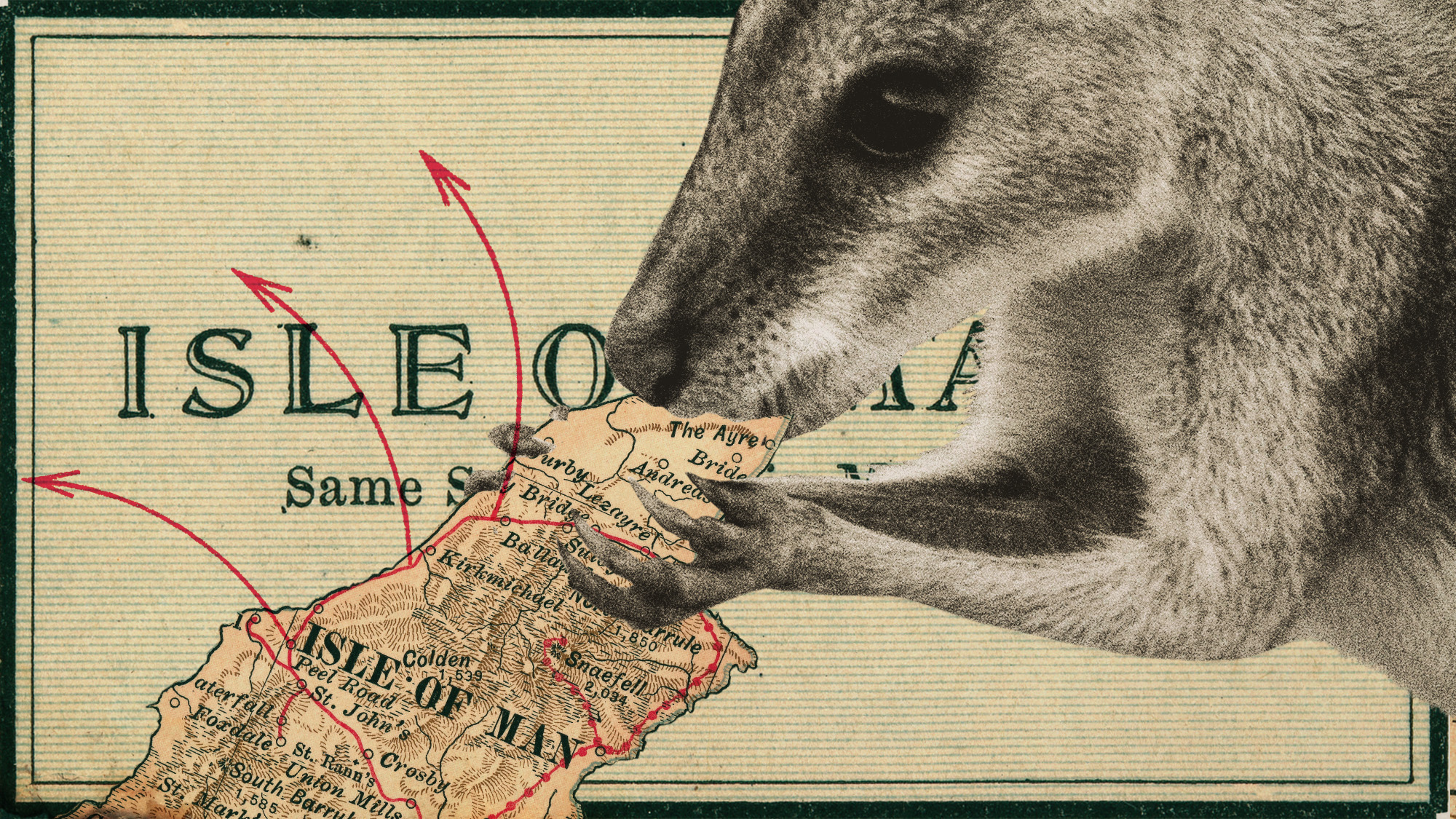 The UK’s surprising ‘wallaby boom’
The UK’s surprising ‘wallaby boom’Under the Radar The Australian marsupial has ‘colonised’ the Isle of Man and is now making regular appearances on the UK mainland
-
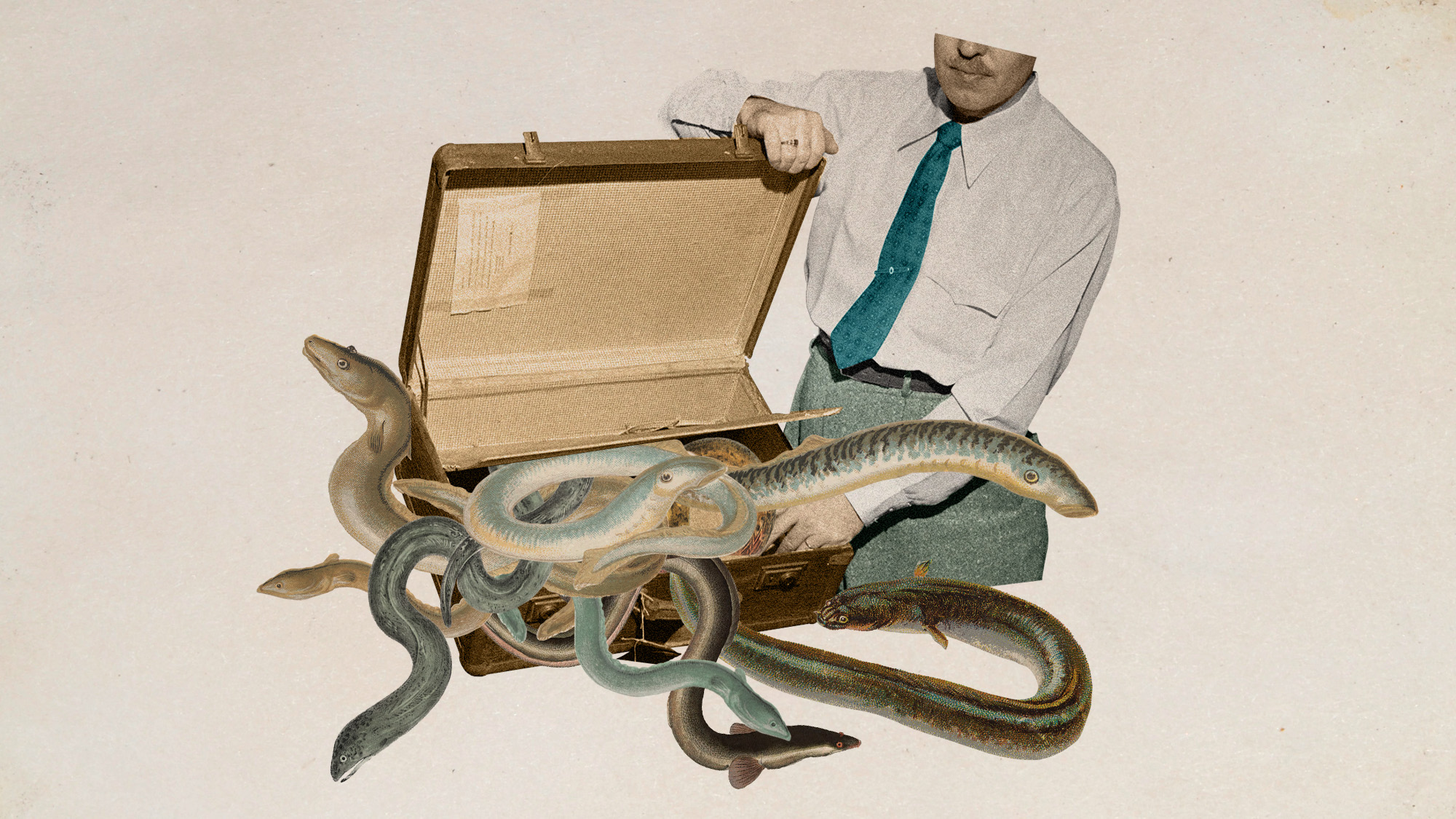 Eel-egal trade: the world’s most lucrative wildlife crime?
Eel-egal trade: the world’s most lucrative wildlife crime?Under the Radar Trafficking of juvenile ‘glass’ eels from Europe to Asia generates up to €3bn a year but the species is on the brink of extinction
-
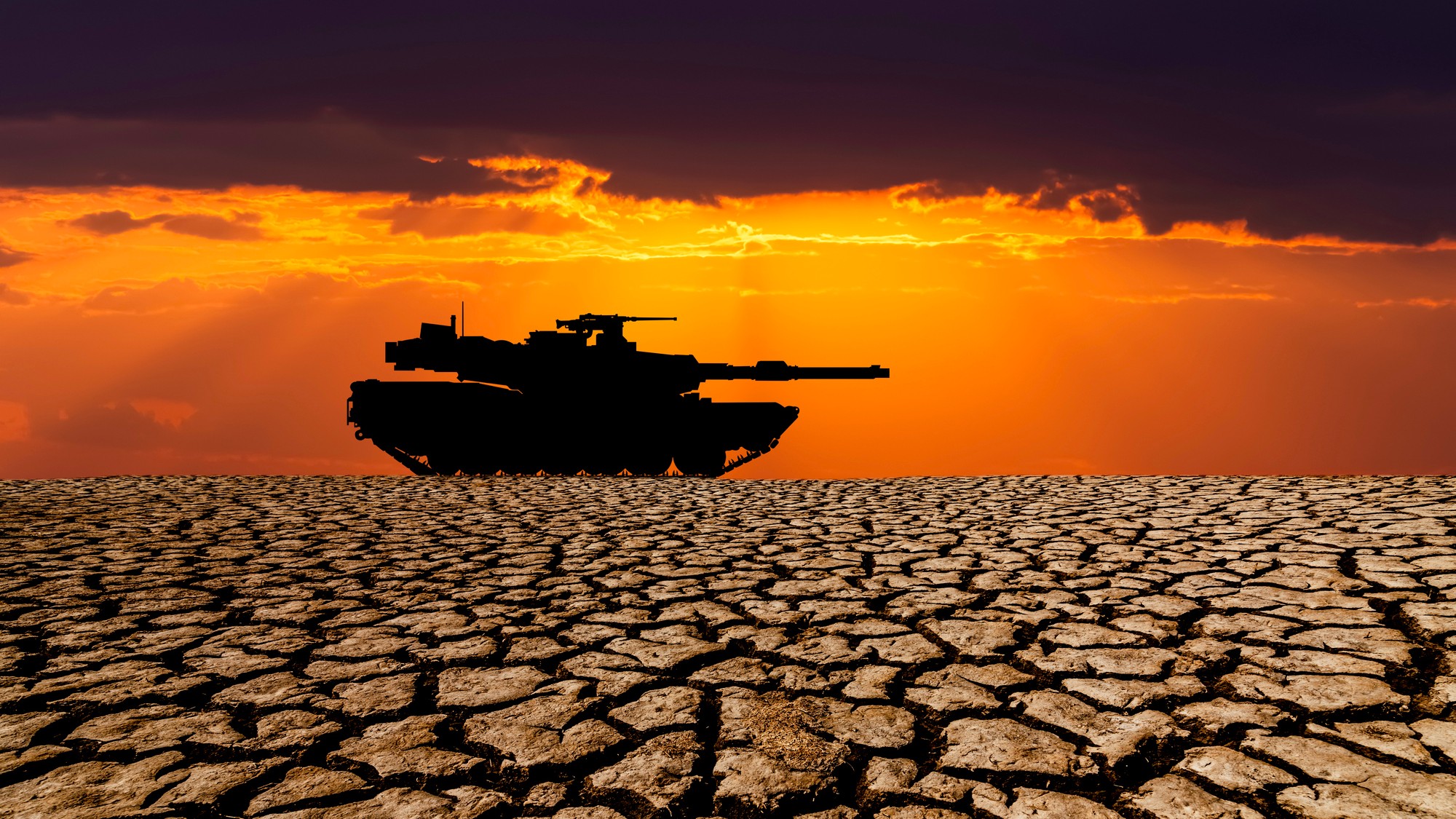 How climate change poses a national security threat
How climate change poses a national security threatThe explainer A global problem causing more global problems
-
 Icarus programme – the ‘internet of animals’
Icarus programme – the ‘internet of animals’The Explainer Researchers aim to monitor 100,000 animals worldwide with GPS trackers, using data to understand climate change and help predict disasters and pandemics
-
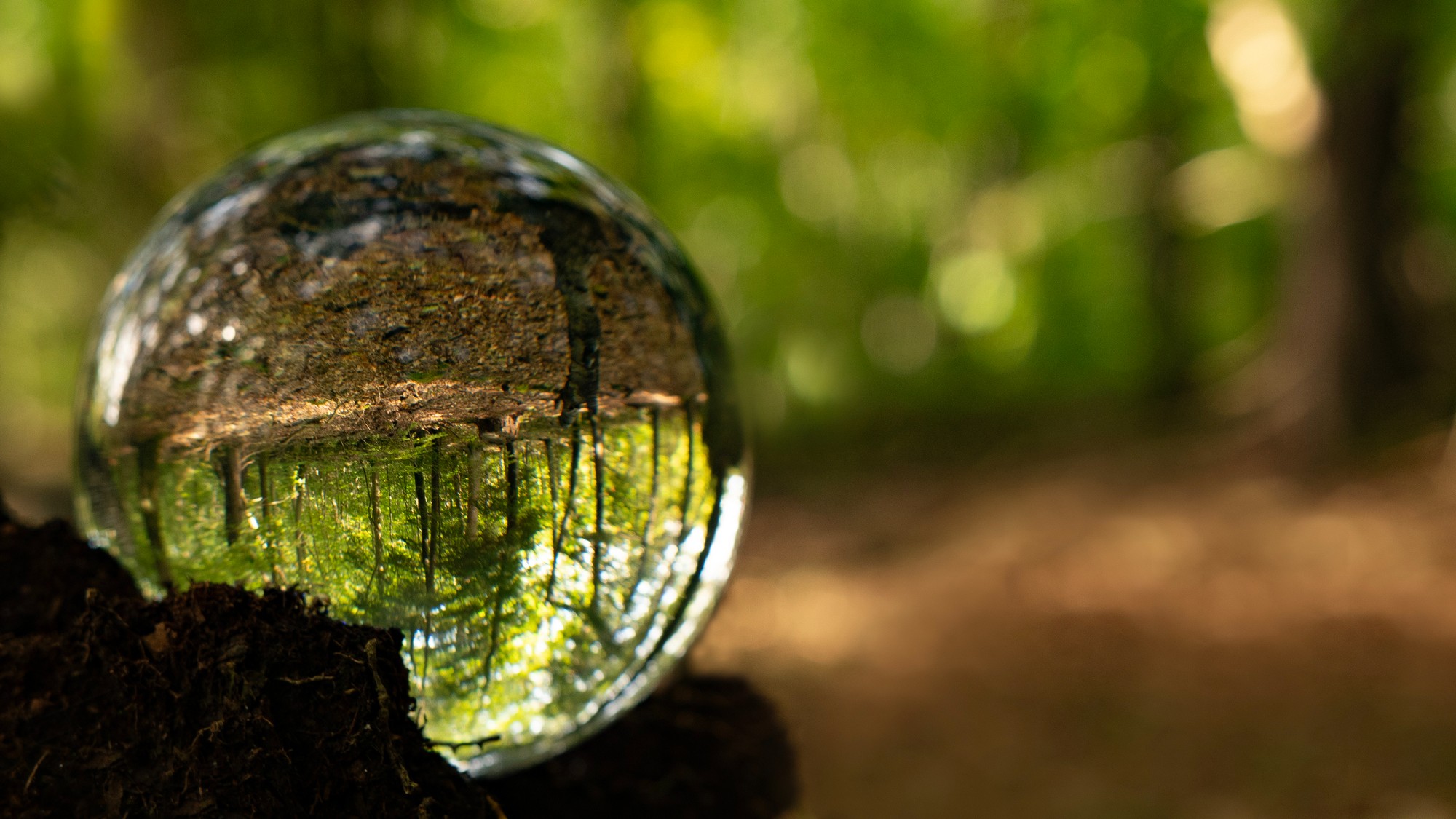 How 'freakosystems' are becoming the norm
How 'freakosystems' are becoming the normThe explainer Ecosystems are changing permanently
-
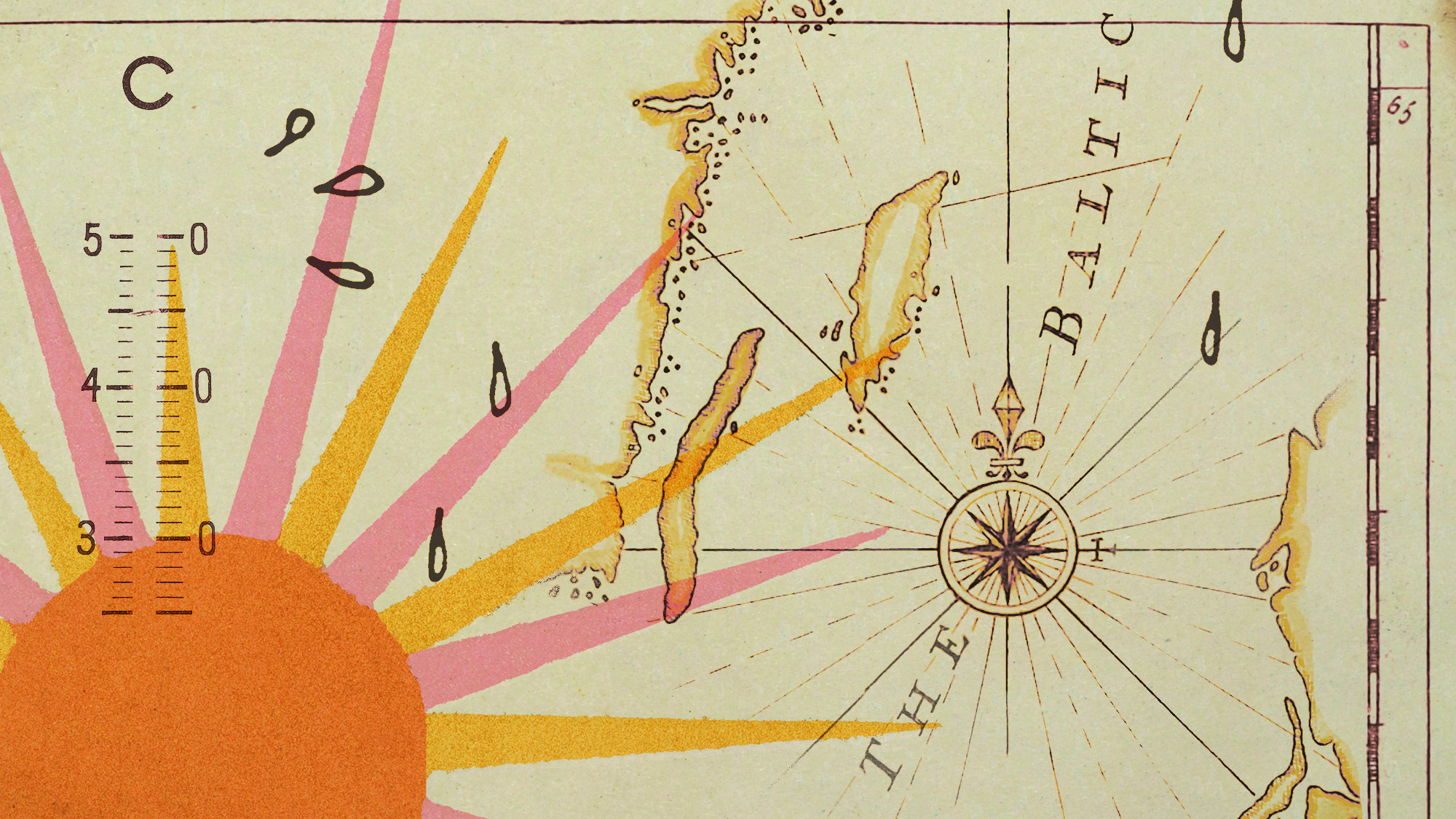 What do heatwaves mean for Scandinavia?
What do heatwaves mean for Scandinavia?Under the Radar A record-breaking run of sweltering days and tropical nights is changing the way people – and animals – live in typically cool Nordic countries
-
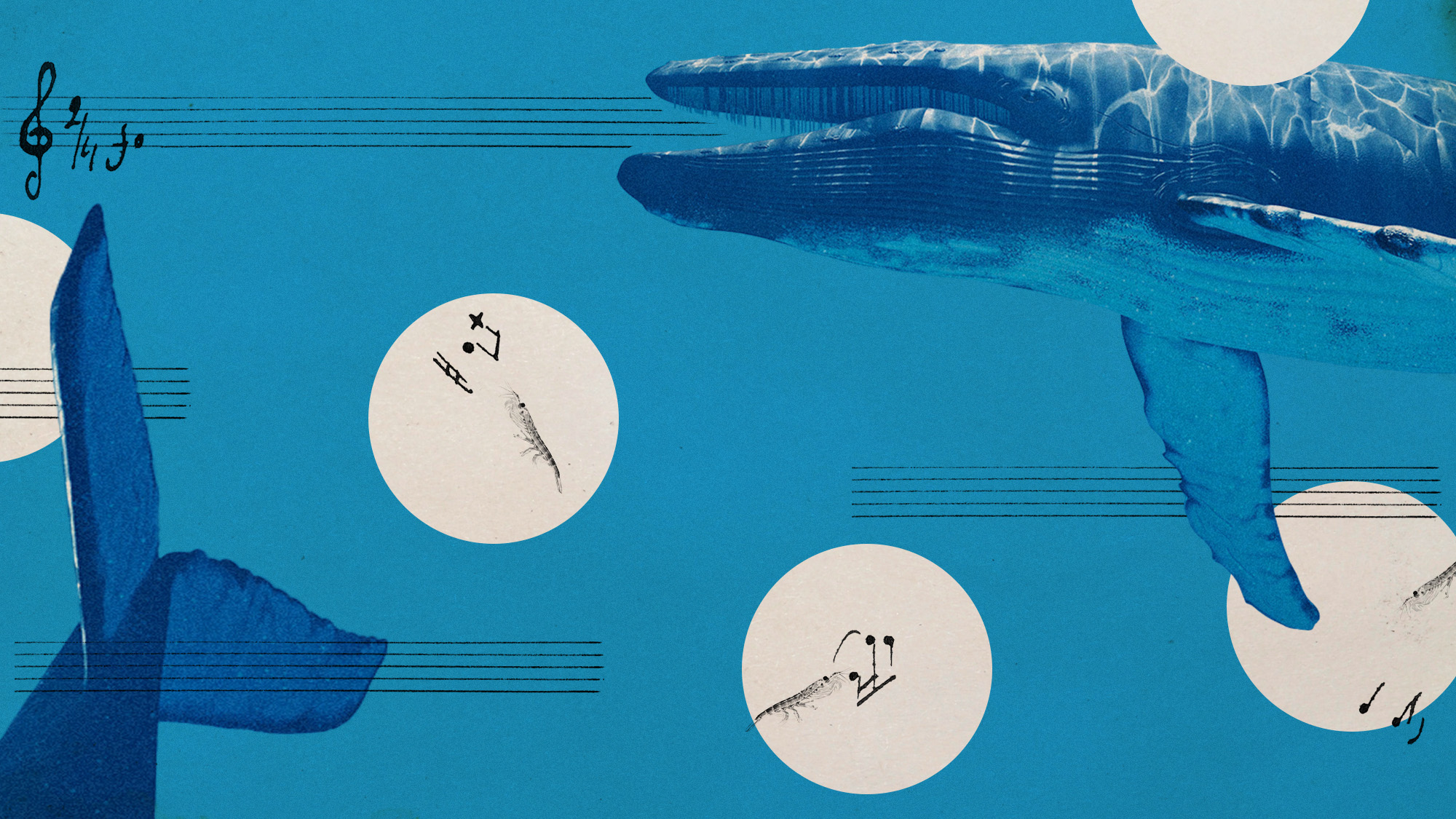 Blue whales have gone silent and it's posing troubling questions
Blue whales have gone silent and it's posing troubling questionsUnder the radar Warming oceans are the answer
-
 Spiking whale deaths in San Francisco have marine biologists worried
Spiking whale deaths in San Francisco have marine biologists worriedIn the Spotlight Whale deaths in the city's bay are at their highest levels in 25 years
